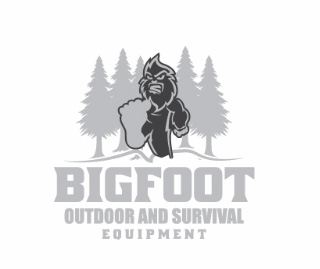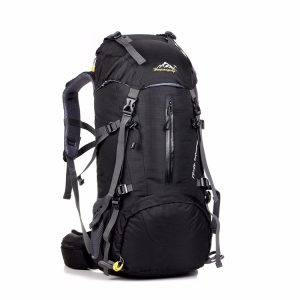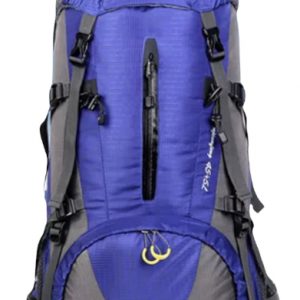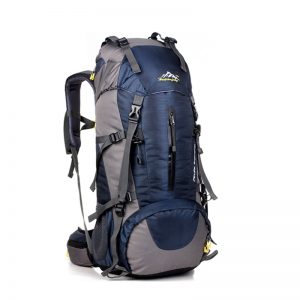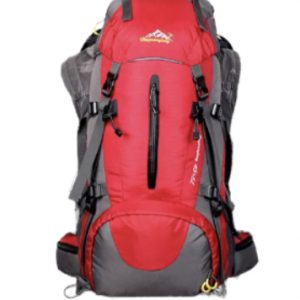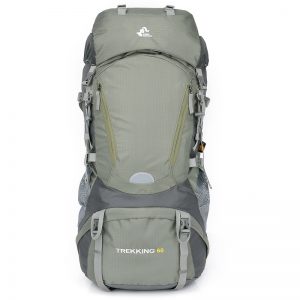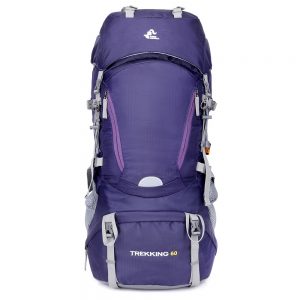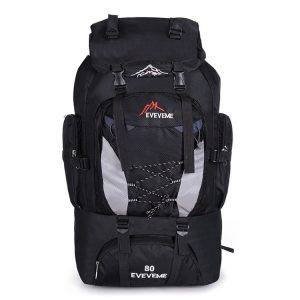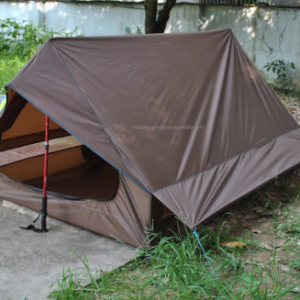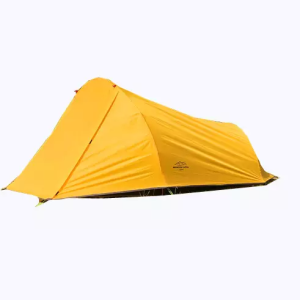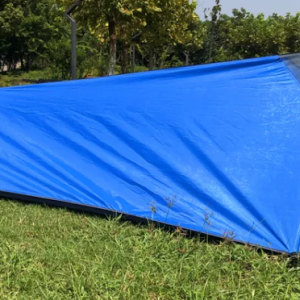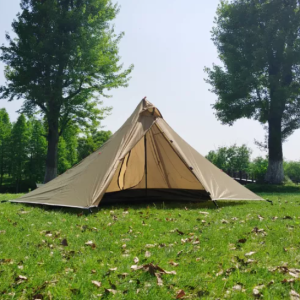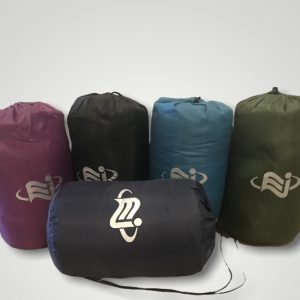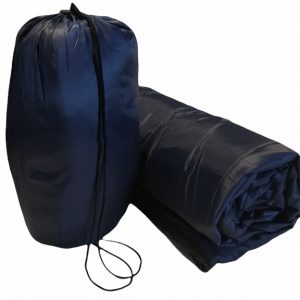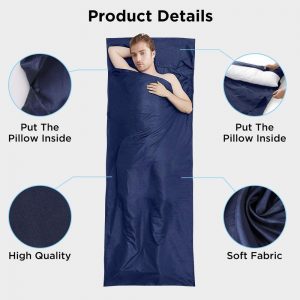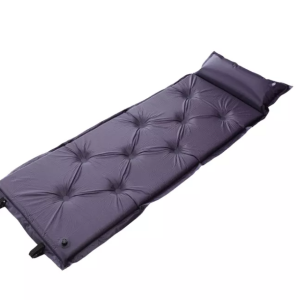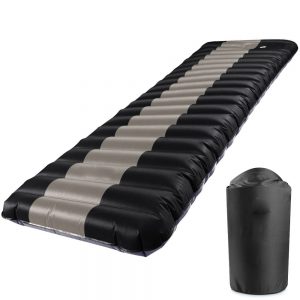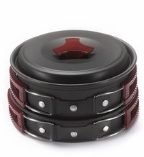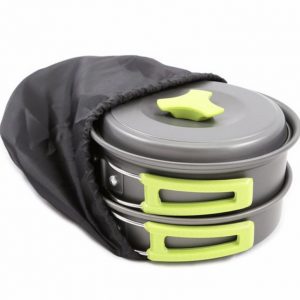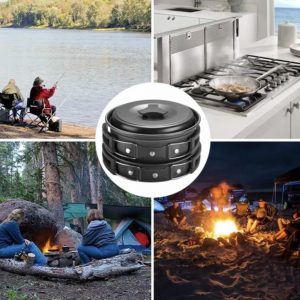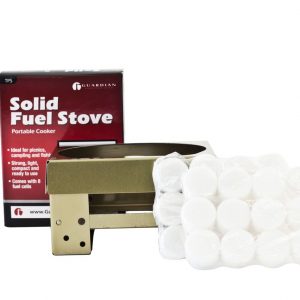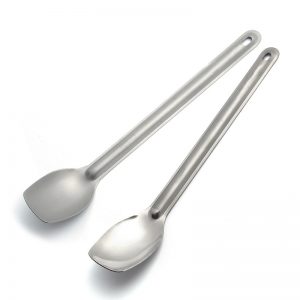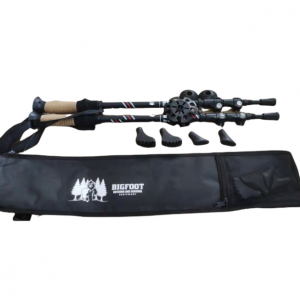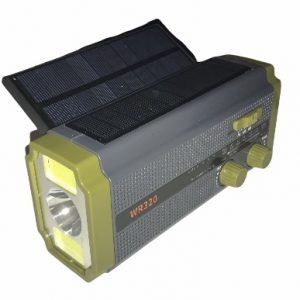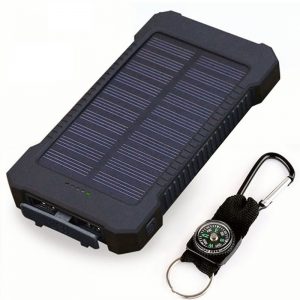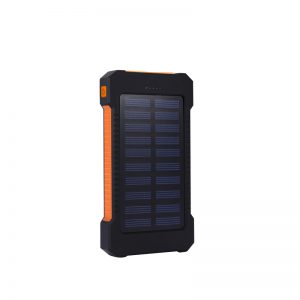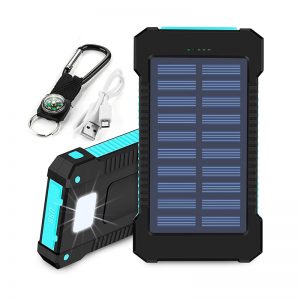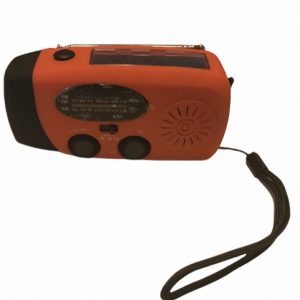Build Your Own Backpacking Kit
Do you already have a tent or a backpack? Maybe you love your compact stove and do not need to add another one. Whatever the reason may be that the pre-built kits may not work for you, building your own kit for one, two, three or any amount of people may be a more efficient option. Best of all, you still get the kit discount!
Backpacks
There are three styles of backpacks here. Each one is waterproof with multiple pockets. When choosing a backpack consider where your tent will go inside? Outside? If you want it inside, will it fit in the backpack you chose? The 50L and 60L backpacks have back support with cooling technology. If you prefer no backing on your backpack the 80L backpack may be the way to go.
Tents
We focus on lightweight tents, so all of the tents are somewhere between very lightweight to moderately lightweight. The pop-up tents are easy to set up with a thin circumference, but quite long at 24″. Please note the rodless tents are very lightweight but require trekking poles to set them up correctly.
Sleeping Bags
There are two sleeping bag styles. The 3-season sleeping bag is great for most backpacking adventures, with a survival temperature rating of 20 degrees and comfort rating of 40 degrees. The ultralightweight tent is great for those who get really hot or when the weather is warm.
Sleeping Equipment
It is nice to have some sleeping luxuries if you have the space for them. In cooler weather, the fleece liner offers an additional 12 degrees of warmth. The standard liner offers extra coverage, an attached pillowcase and is made with microfiber. The 4″ mat has a foot pump but takes a bit to pump it up and is a little heavier. The self-inflating mat is about 1″ thick with an inflatable pillow attached. The diamond mat inflates with 10-15 breaths and is 2″ thick.
Cooking Equipment
The cookware set is great add with a spork, wooden spatula, sponge, frying pan, pot with a lid and 2 bowls. The collapsible stove is lightweight and perfect for most adventures where you are packing a fuel source. The stove with fuel tablets is great when you are not packing extra fuel as it comes with 8 hexamine fuel tablets.
Tools
It is always nice to have tools when you are backpacking or camping. Many forests and trails have requirements where having a shovel could be very useful. If you are in an area where you can cut wood or are breaking up fallen trees for firewood, having an axe, saw, hammer, or even knife may also be needed.
Radio/Charging
It is nice to get away from electronics, but that may not always be possible or even wanted in some cases. All three of these power sources have flashlights, solar panels and USB charging capabilities. The Hand crank radio and emergency radio both have the option to use hand crank as an emergency charging source as well as their ability to play AM/FM/WB radio. The emergency radio also can take batteries as an additional backup. The power bank has the longest battery life and can charge most phones multiple times with a single charge.
Sanitation
Whether you plan on washing in the river or lake or just want to wash your hands having some sanitary options can be quite useful. If you are not packing your own water sources you may want to consider a filtration system like the filter straw or filtration bottle, so you don’t have to boil all of your water.
-
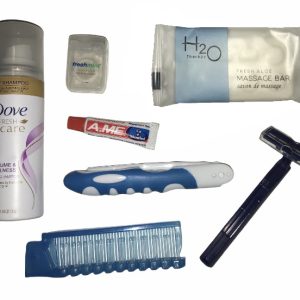 Dry Shampoo Hygiene Kit$10.00
Dry Shampoo Hygiene Kit$10.00 -
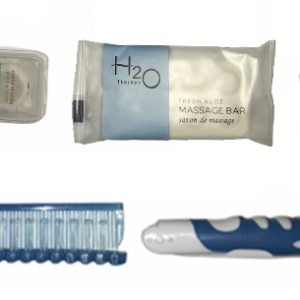 Basic Hygiene Kit$5.00
Basic Hygiene Kit$5.00 -
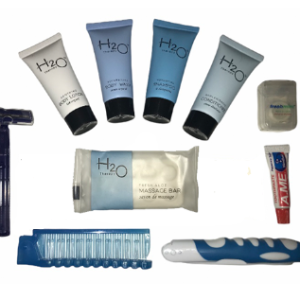 Deluxe Hygiene Kit$10.00
Deluxe Hygiene Kit$10.00 -
Product on sale
 Water Filtration BottleOriginal price was: $39.99.$34.99Current price is: $34.99.
Water Filtration BottleOriginal price was: $39.99.$34.99Current price is: $34.99. -
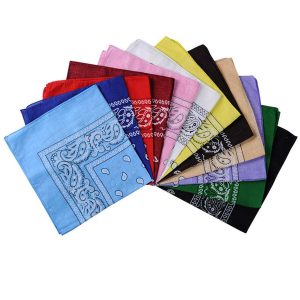 Bandana$1.50
Bandana$1.50 -
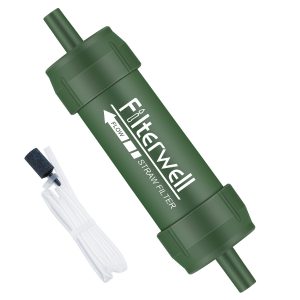 Filter Well Filter Straw$16.95
Filter Well Filter Straw$16.95
Survival Equipment
The thing about adding survival items to your kit is to prepare for the unexpected. If an unexpected cold front rolls through the bivvy adds additional thermal heat. If you are going on a day trip having the life tent could keep you and your things dry if it rains. Tinder is a great backup if you run out of fuel. Paracord can be used for a number of situations. Read our page on the 10 basic survival necessities to help get a better idea of how to prepare for the unexpected.
-
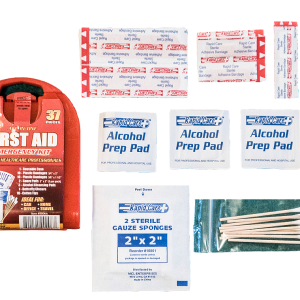 First Aid Kit$3.50
First Aid Kit$3.50 -
 Headlamp$6.00
Headlamp$6.00 -
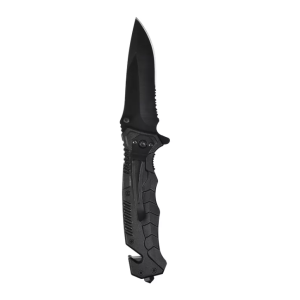 Pocket Knife$8.50
Pocket Knife$8.50 -
 Emergency Blanket$2.50
Emergency Blanket$2.50 -
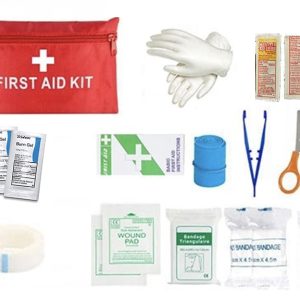 Deluxe First Aid Kit$8.00
Deluxe First Aid Kit$8.00 -
 Emergency Tube Tent w/ Paracord$12.00
Emergency Tube Tent w/ Paracord$12.00 -
 Emergency Bivy$8.00
Emergency Bivy$8.00 -
 Hunting Knife with Flint$14.95
Hunting Knife with Flint$14.95 -
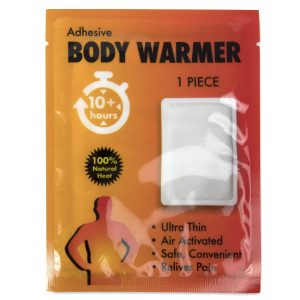 Body Warmer$1.00
Body Warmer$1.00 -
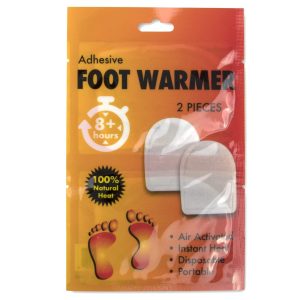 Foot Warmer$1.50
Foot Warmer$1.50 -
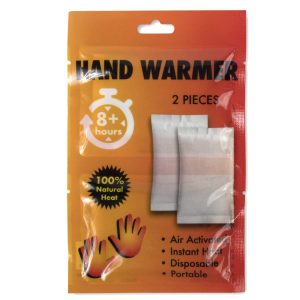 Hand Warmer$1.25
Hand Warmer$1.25 -
 6″ Jumbo Wax Infused Tinder Wick$2.99
6″ Jumbo Wax Infused Tinder Wick$2.99 -
 100ft Bushcraft 550 Paracord with Fire Cord$11.99
100ft Bushcraft 550 Paracord with Fire Cord$11.99
